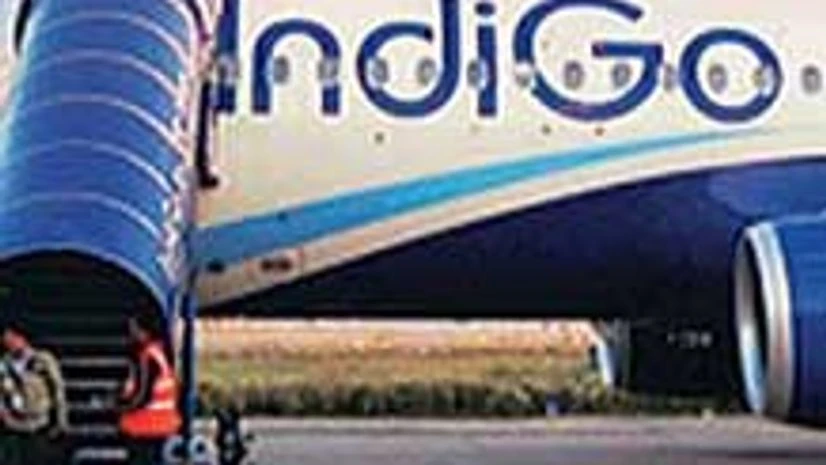SpiceJet, however, said the sale would not lead to worsening of losses."These highly-targeted sales do not increase losses. As long as there is a proper inventory and yield management, they will increase revenue contribution. Flying empty seats increases losses,'' the airline said.
Sources said a weak cash flow situation may have prompted SpiceJet to launch the sale. The airline announced the sale on Friday and was joined by IndiGo, Jet Airways and GoAir. Air India has not reacted yet.
"All customers can get a 30 per cent discount on the already discounted 30-day advance purchase base fare and fuel surcharge for SpiceJet domestic flights for travel till April 15,'' SpiceJet said. The sale is valid till Sunday midnight.
"These offers are a win-win for customers and for the airlines, since it leads to significant demand stimulation, customers get to enjoy and airlines get to reduce wastage of seats,” said SpiceJet Chief Operating Officer Sanjiv Kapoor. “SpiceJet is also demonstrating you do not need foreign airlines to show India the power of low fares and market stimulation; we are just as capable of doing it ourselves, and are committed to creating multiple opportunities for as many Indians as possible to fly.''
Unlike last week's offers, the discounts are not on Friday-Sunday flights. On an average, domestic airlines sell 40,000-50,000 tickets daily. SpiceJet did not respond whether the sale had led to an increase in its booking numbers. Domestic airlines operate Boeing 737s and Airbus A320s. The operating costs and break-even seat factor varies from route to route and from airline to airline. Sources said it was difficult to recover losses due to discounting.
"A low-cost airline would need to earn Rs 7-8 lakh on a one-hour flight to break even while the earning of a full-service one would have to be higher. Assuming an airline can fill 70 per cent of seats (125-130 seats of the 180-190-seat aircraft), it will have to charge a net fare of Rs 5,500-6,300 to a passenger to earn that amount. In case it has sold a certain number of seats at a discount, it will have to raise its occupancy more than 70 per cent to earn seven-eight lakh rupees on that flight. Will airlines be able to fill up the unsold seats at higher fares. The break even is still an issue as operating costs are high,'' an expert said.
"We have seen a surge of 150 per cent in bookings. By selling some percentage inventory at discounted prices, airlines are in a better position to assess bookings and load factor to plan for the holiday season,'' said Vikram Malhi, general manager, south Asia, Expedia.

)
